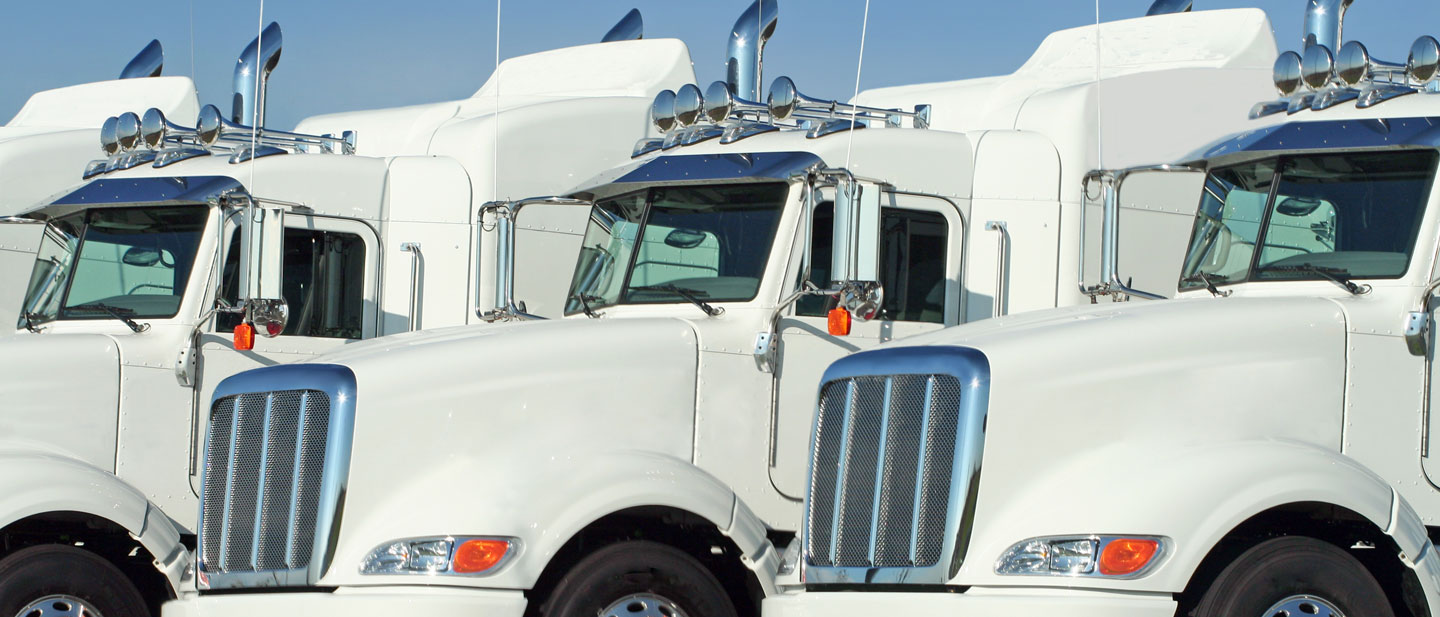Selecting the Right Telematics Device


Telematics devices are dramatically changing how businesses manage their fleets. Global positioning system (GPS) technology is helping fleets track the exact location, routes, and arrival and departure times of any vehicle. This can lead to better customer service and more efficient operations. Data transmitted from the vehicle’s computer can help companies improve fuel efficiency and remotely diagnose mechanical problems. Driver performance data can help identify risky driving behaviors before they lead to crashes. If a crash does occur, telematics data can help identify the causes. These are just a few of the operational and safety benefits fleets are experiencing as a result of using telematics systems.
The question many business owners and managers have is: Which device can help me maximize the safety and efficiency of my fleet? Not every telematics system offers the same capabilities or is easy to use. Purchasing, installing and integrating a telematics system into your operation can be a big undertaking. It’s important to know what features and capabilities you want and to choose carefully. Consider how the following priorities might shape your decision.
- Customer service. Select a device that offers real-time tracking so you can pinpoint vehicle location, status and past travel history. Some devices allow users to create “geofences” so you receive email alerts when vehicles enter or leave a designated area, such as a customer’s warehouse.
- Communicating with drivers. Providing drivers the information they need to complete their trips or assignments successfully can help improve customer service and make life easier and safer for your drivers. Select a device that allows you to send messages to your drivers either through a mobile device or an in-cab interface. This can be a safer and more effective way to communicate than having them use a cell phone while driving. To avoid driver distractions, it’s a good idea to select a device that limits use while the vehicle is in motion.
- Fuel economy. Some devices allow you to track fuel economy by recording fuel purchases and vehicle miles. Other devices connect to the vehicle’s computer to obtain fuel mileage information and idle time. Select a device that offers the right level of detail.
- Safety. Many telematics systems can track driver performance and alert you when drivers are speeding or driving aggressively. Some systems consolidate this information into “driver scorecards,” which can help you evaluate whether your drivers are driving safely. But simply having a telematics device may not provide the benefits you are looking for unless you provide ongoing feedback to all of your drivers. Share this information with all of your drivers to maximize the safety impact. Recognize the drivers who drive safely to provide an incentive for them to continue doing so. Provide feedback to drivers who exhibit risky driving habits to help them see where they need to improve.
- Crash investigation. Many telematics systems can record the location and status of a vehicle at any given moment, including during a crash. Some systems can automatically alert you if a vehicle is involved in a crash or a serious event, such as a hard stop. This information can help you determine what role your vehicle may have played in a crash or near miss. Some video-based telematics systems capture short video clips of the event and what occurred a few seconds before and after. It is important to understand the features of the system and any related legal issues, for example the preservation of crash footage, and any responsibilities for post-crash driver training. It is best to talk to legal counsel about potential legal issues involving telematics, crash investigations and post-crash driver management.
- Assisting drivers with navigation. When drivers are lost, it wastes time and fuel. It can also lead drivers to become distracted, which can result in a crash. A telematics system that provides drivers turn-by-turn navigational assistance can help them get to their destinations more efficiently and safely. Some systems also can report on traffic and weather conditions so drivers are informed about slowdowns and potential hazards. If you operate large trucks or buses, be careful to select a device that is designed for your vehicles to avoid hazards such as restricted routes and low clearances, such as bridges and tunnels.
- Controlling personal use of company vehicles. If you limit the personal use of company vehicles, consider a telematics system that tracks vehicle location and past travel history. This can help you identify when your vehicles are being used outside of work.
- Complying with driver hours-of-service rules. Some telematics service providers offer systems designed to record hours-of-service so you can monitor how much time your drivers have worked and how many hours they can still drive. If you plan to use the system to meet regulatory requirements, make sure it complies with federal and state rules for electronic logging devices (ELDs). Beginning Dec. 16, 2017, companies that operate commercial motor vehicles in interstate commerce will be required to use an approved ELD when drivers regularly complete daily records of duty status. Approved ELDs must be recognized by the Federal Motor Carrier Safety Administration as certified devices.
- Maintenance. Select a service provider that allows you to track vehicle mileage, inspections, repair work and preventive maintenance intervals. Some systems plug into the vehicle’s diagnostic port so you can monitor vehicle performance and fault codes in real time. These features can help you plan and track vehicle maintenance more effectively. They can also help you pinpoint the source of a problem more quickly and, in some cases, allow you to make changes remotely to remedy the problem.
- Security. Real-time tracking can help you identify your vehicle’s location if it is stolen. Devices that are hidden from view and do not have wires, antennas or displays showing are likely to be more effective.
Doc#: LCT804




